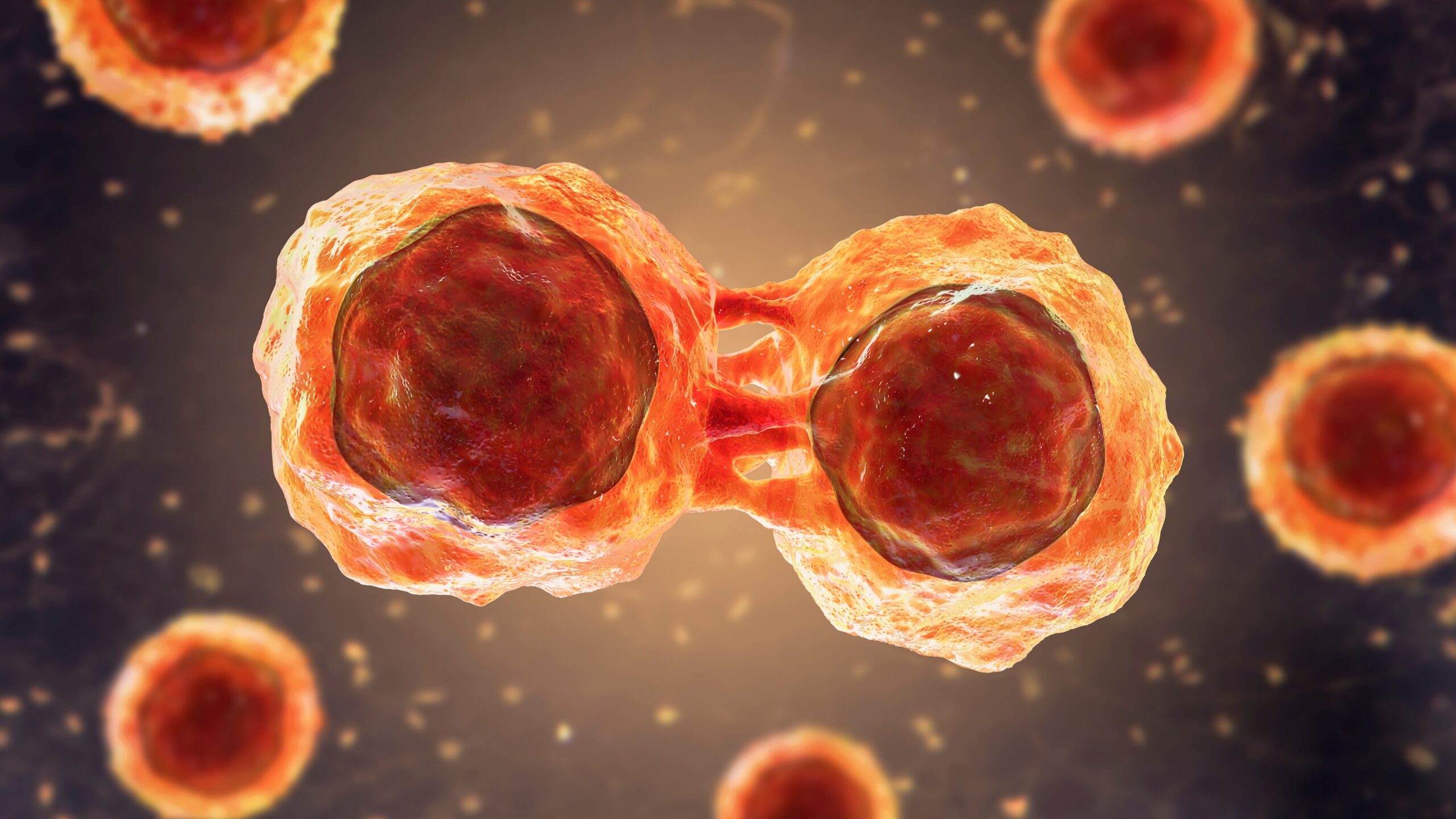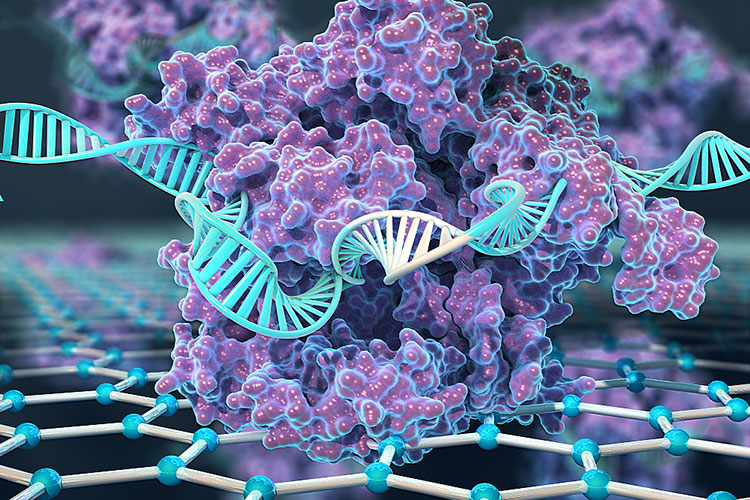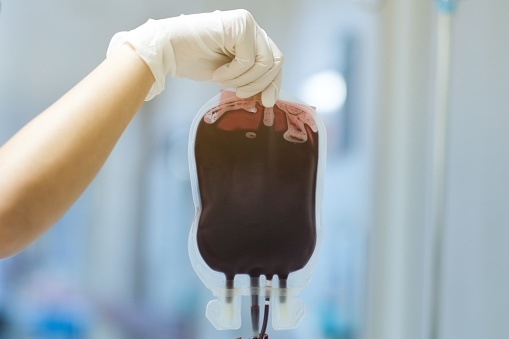
In a recent genetic model study, researchers produced a genetic classifier which differentiated hematopoietic stem and progenitor cells (HSPCs) of low-risk myelodysplastic syndromes (MDS) from healthy bone marrow. They presented their findings at the 66th American Society of Hematology Annual Meeting & Exposition in San Diego, California.
The research team from Vanderbilt University Medical Center in Nashville, Tennessee, wrote that their results “offer potential therapeutic targets for low-risk MDS patients, including membrane-trafficking and protein translation components, which can be further resolved by differentiation state.”
The team performed single-cell RNA-sequencing on bone marrow–derived mononuclear cells (BMMCs) from 18 samples with MDS and referenced a BMMC external dataset from six healthy donors. The majority of the MDS samples had very-low to moderate-low risk MDS per the Molecular International Prognostic Scoring System. Two of the samples progressed to secondary acute myeloid leukemia (AML). Three met criteria for excess blasts.
Within major hematopoietic lineages they located, the researchers searched for “AML-like” signatures and then performed network analysis to identify disease state–specific gene modules. They used LASSO regression and pathway analysis with the Enrichr tool to pinpoint genes relevant for distinguishing MDS HSPCs from normal HSPCs and then used pseudotime analysis to identify any differentiation state–specific differences between them.
The researchers found that in the MDS samples, erythroid populations were decreased as compared with those in the healthy samples, but there were no major differences in the HSPC and mature myeloid populations.
“Further, the MDS samples were enriched for cells expressing both [leukemic stem and progenitor cell]-like and monocyte-like AML signatures, suggesting malignant programs in not only the primitive cells but also the mature myeloid cells,” the researchers elaborated.
From the classification model they constructed, the researchers obtained a 99-gene MDS HSPC signature, which was effective at distinguishing low-risk MDS HSPCs within the external dataset, with an area under the receiver operating characteristic curve greater than 0.94. Additional pathway analysis of their signature showed membrane-trafficking components based in PICALM and LAPTM4B and protein translation components based in DPYD and EEF1G.
There were also features within the MDS HSPC signature that suggested that specific pathway components are expressed preferentially in differentiated myeloid cells. There were 35 genes the researchers observed as differentially expressed at the start versus the end of the hematopoietic lineage.
As an example, the researchers pointed out that “LAPTM4B expression was associated with HSPCs; however, PICALM expression was associated with mature myeloid cells.”
Reference
Bhat P, Van Amburg JC, Gracie TJ, et al. Distinct transcriptomic cell states differentiate low-risk MDS from healthy marrow. Abstract #1814. Presented at the 66th American Society of Hematology Annual Meeting and Exposition; December 7-10, 2024; San Diego, California.







 © 2025 Mashup Media, LLC, a Formedics Property. All Rights Reserved.
© 2025 Mashup Media, LLC, a Formedics Property. All Rights Reserved.